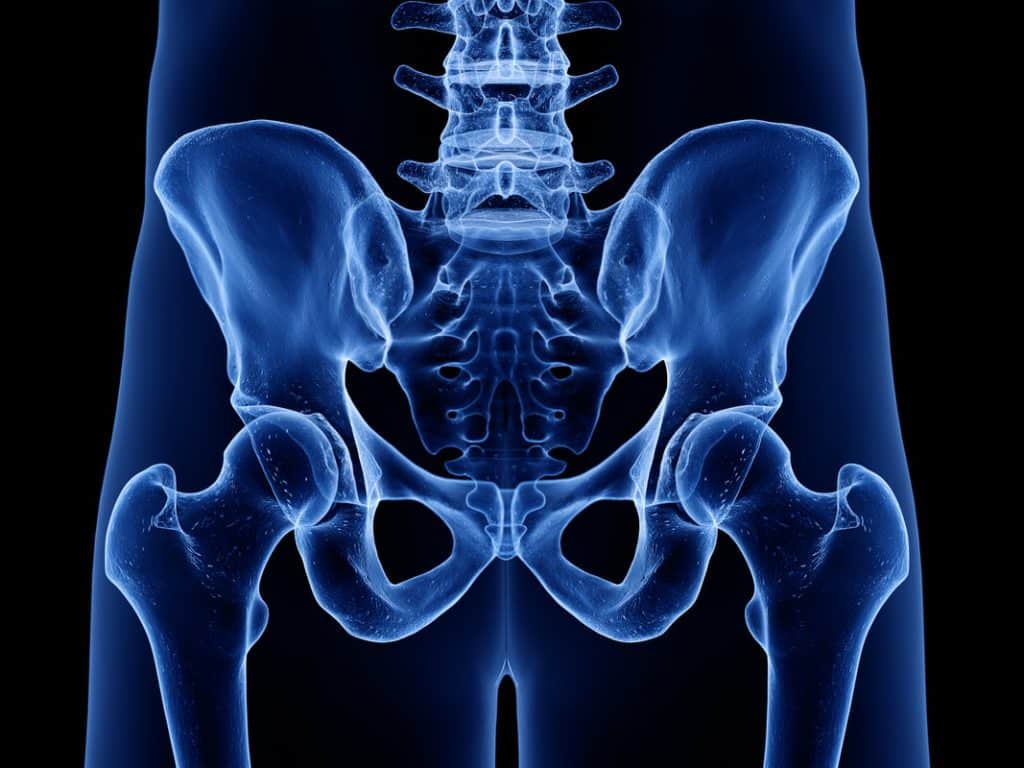There is a common misconception that the majority of pelvic floor treatments involve kegel exercises. In fact, there are as many individuals who may need help lengthening and relaxing the muscles of their pelvic floor as those who need help strengthening those muscles. Having tightness or an incoordination of pelvic floor muscles can lead to dysfunction that can affect your day to day life. Your pelvic health physical therapist can evaluate to see if the source of the dysfunction comes from weakness, tightness, or incoordination. This enables your therapist to give you a personalized program to address what is found in your examination! How do you examine the pelvic floor, you ask? Typically, your medical history and current symptoms that you are having will be taken into account. Your therapist will then move onto a physical examination. Typically, whole body movement, strength, and mobility is checked first. Then you have a choice between an ultrasound (non-invasive) or internal exam. This is completely up to you and your comfort level as a patient.
The pelvic floor is assessed with a series of tests including breathing and various long and short duration Kegels. If you choose an internal exam, your physical therapist will ask for consent and explain the testing process before conducting the internal exam. Communication between you and your physical therapist is key! After completing this portion of the exam, your physical therapist will explain what they found in their examination. They’ll then make plan for your treatment is going forward and determine goals that are in line with what you need and would like to achieve!
Author: Katherine Buschhorn, PT, DPTKatherine prefers to be called Kate and is a graduate of the ISU Doctorate of Physical Therapy program with an emphasis in pelvic health. She is helping many people regain bladder control, and confidence doing the things they once thought they couldn’t. In her free time, she enjoys outdoor activities including mountain biking and skiing. |



